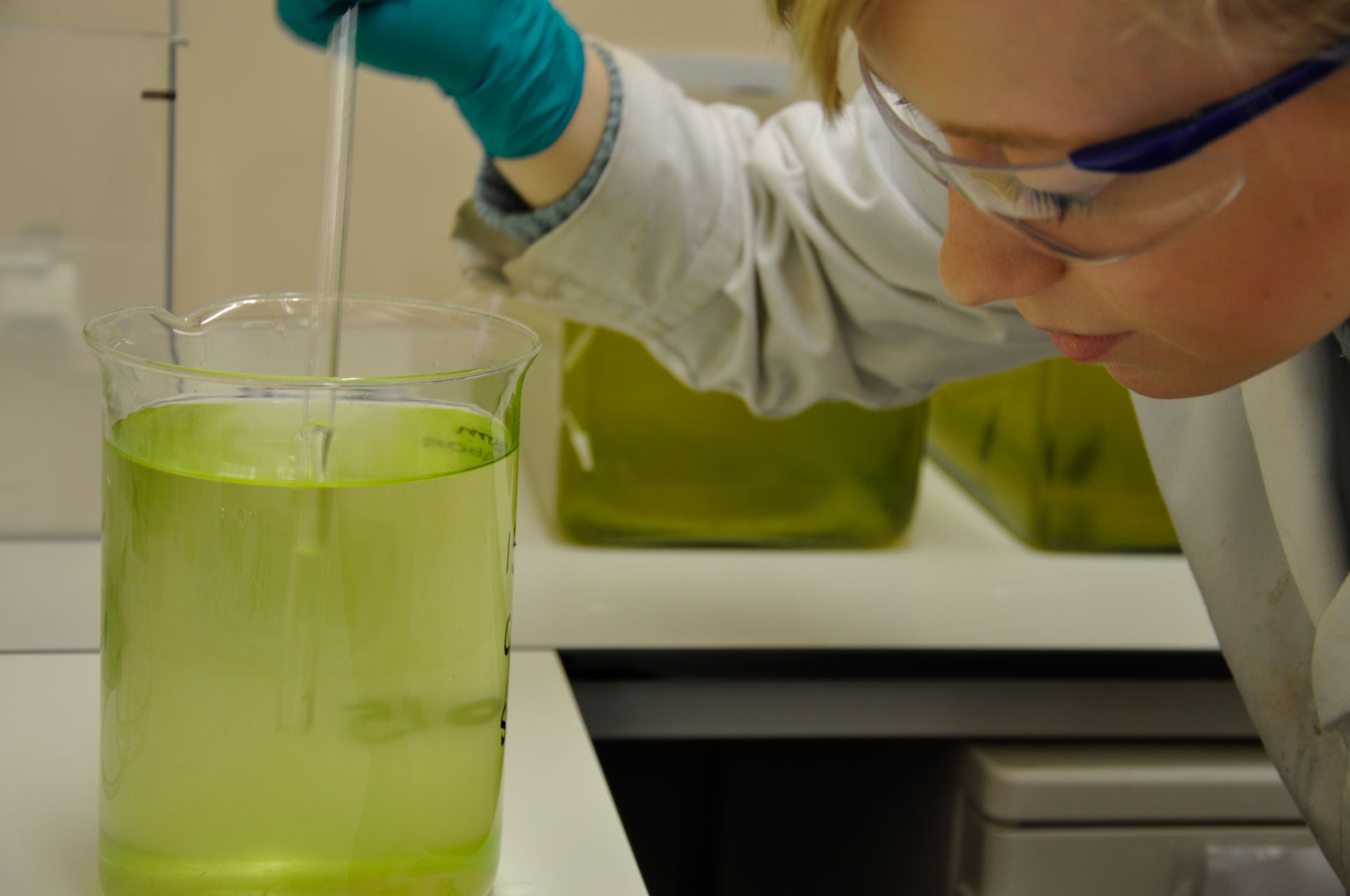Environmental Services
Determining environmental risk and understanding the regulatory implications of product registration and waste water discharge can be a costly challenge. Our environmental services help overcome these challenges through risk assessment of discharges, environmental modelling, ecotoxicology testing for chemical registration, and diverse consulting services related to environmental compliance.
Services and Aftermarket Environmental Brochure
Environmental Testing Services For Operators FlyerWe offer support on discharges to sea by quantifying environmental risk using dispersion modelling
Risk Based Approach (RBA) FlyerOutput of a Dose related Risk and Effect Assessment Model (DREAM) indicating high risk impact affecting species in the top part of the water column



